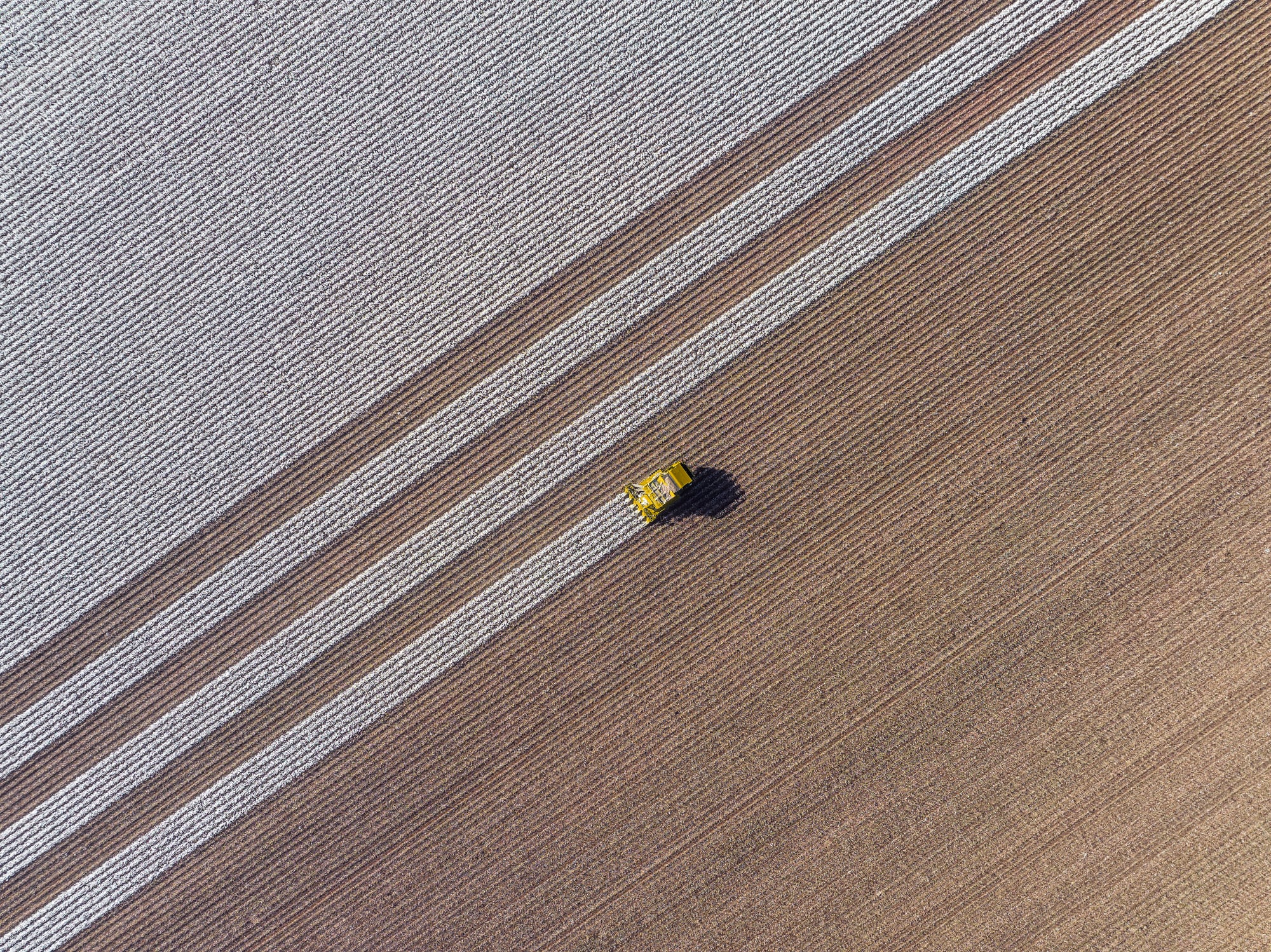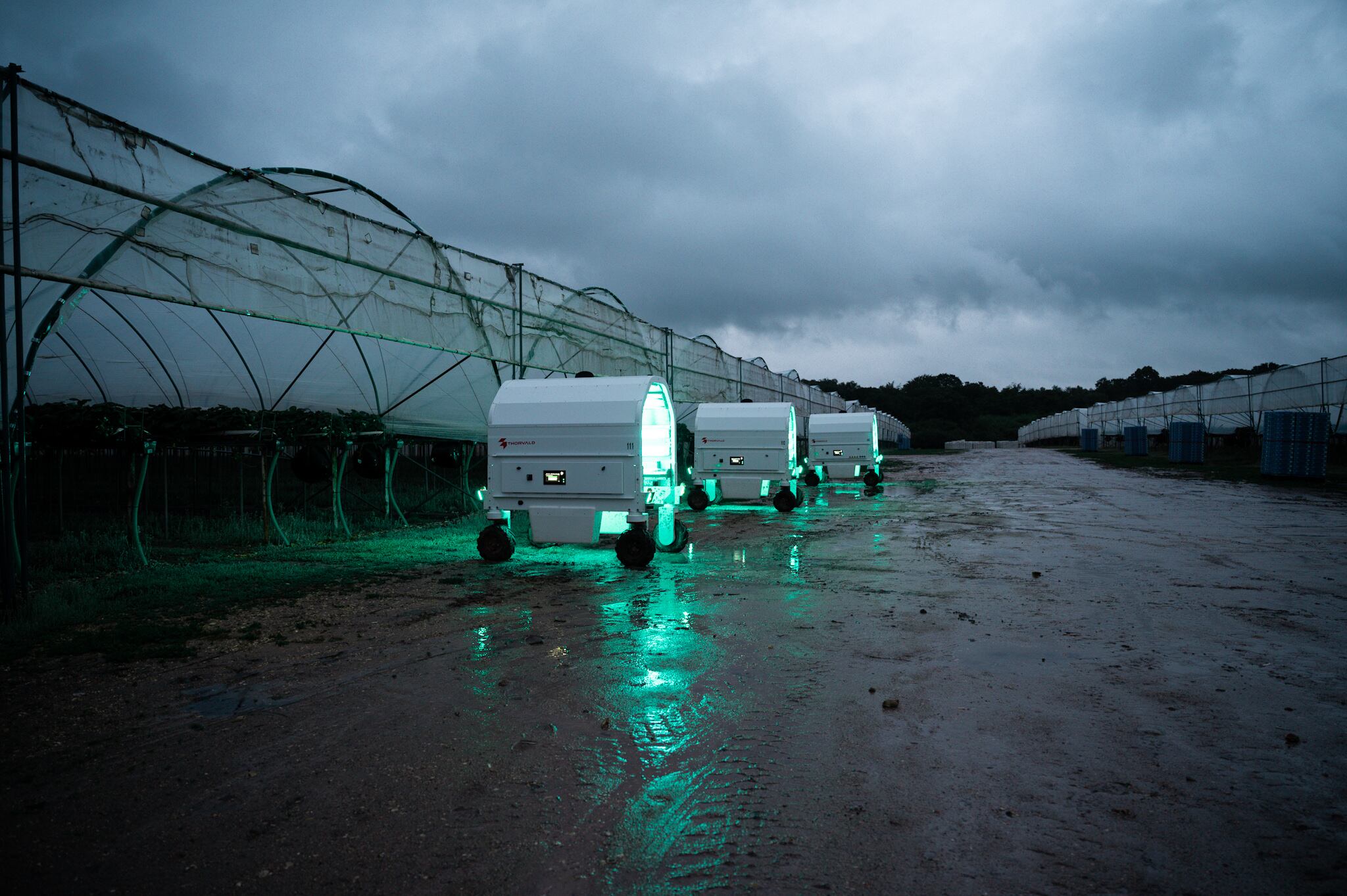Taiwan was battered with heavy winds and torrential rains as Typhoon Danas hit on July 7.
As of July 10, data compiled by multiple agencies estimated total crop loss to be NT$1.56bn (US$53.37m).
The total crop damage area was 15,728 hectares, with a damage rate of 38%.
Biggest losses
Bananas were the most affected crop, with 2,060 hectares damaged at a rate of 32%, resulting in losses totalling NT$221.28m(US$7.57m)
After bananas, the most affected crops were pomelos, guava, bamboo shoots, and oranges, which recorded losses of NT$211.31m (US$7.19m), NT$139m(US$4.73m), NT$134.43 (US$4.57m), and NT$124.39m (US$4.23m) respectively.
Total livestock loss was estimated to be NT$33.06m (US$1.12m).
Chickens accounted for the main livestock losses, with 416,000 birds lost and an estimated value of NT$30.4m (US$1.03m).
In the fisheries sector, oysters suffered the worst impact, with losses estimated to be NT$183.75m (US$6.25m).
Forestry losses totalled NT$400,000 (US$13.6k), with bamboo shoots as the main affected product.
In terms of facilities, losses amount to NT$366.79m (US$12.47m), with the bulk from damaged livestock sheds (NT$226.09m), followed by fishing vessels (NT$87.35m) and agricultural structures like net houses and greenhouses (NT$53.35m).
Including agricultural facilities, the total estimated agriculture damage by Typhoon Danas was NT$2.15bn (U$73.5m).
Hardest hit areas
Tainan, Chiayi, and Yunlin bore the brunt of the agricultural damage, accounting for over 80% of total losses.
Tainan reported the highest losses at NT$822.33m (US$27.96m), followed by Chiayi at NT$622.84m (US$21.18m) and Yunlin at NT$328.08m (US$11.15m).
Other severely impacted areas include Changhua, Kaohsiung, and Pingtung.
The MOA noted that it would continue to compile data and update the figures.
Preparations
Ahead of the typhoon’s arrival, Agriculture Minister Chen Jun-ji activated emergency protocols.
He said that the typhoon was set on an unusual trajectory, which warranted extra vigilance.
While the rice harvests south of Yunlin was nearly complete, regions in the north and central areas, like Taichung, Miaoli, and Taoyuan, were in the midst of their harvests.
He urged local governments to prepare for secondary disasters such as flash floods and landslides.
Some of the key directives included protecting fruit crops, securing fishing vessels, and draining flood-prone areas.
Chen also noted that the agency will closely monitor the market supplies to stabilise vegetable prices that have been fluctuating.
The ministry has also initiated post-disaster recovery and damage assessment efforts, aiming to safeguard Taiwan’s food supply and support affected farmers swiftly.





